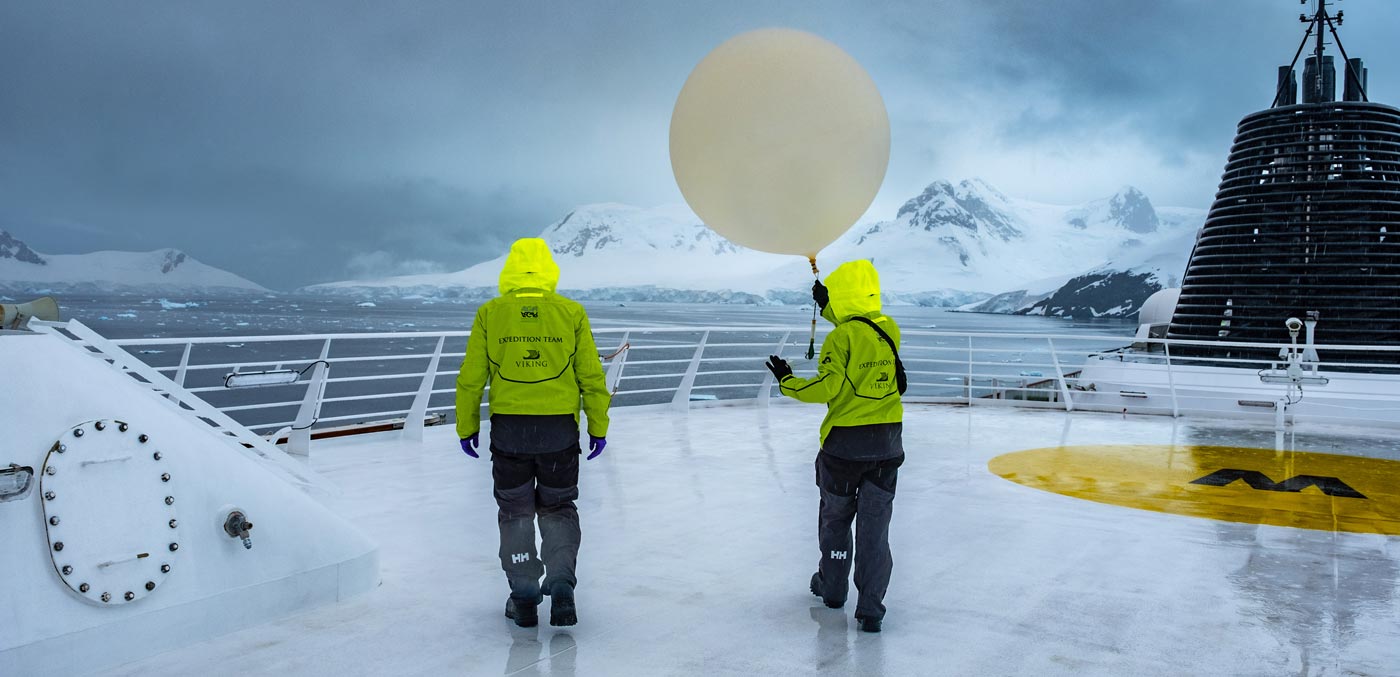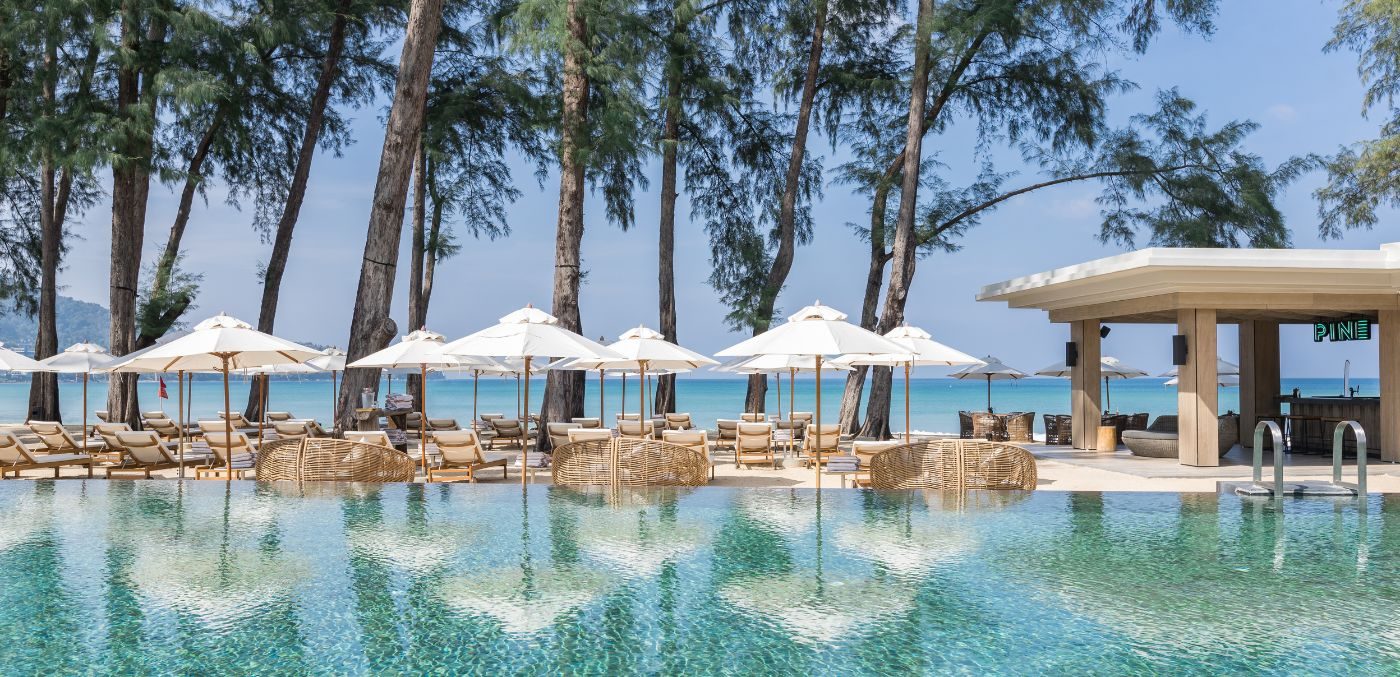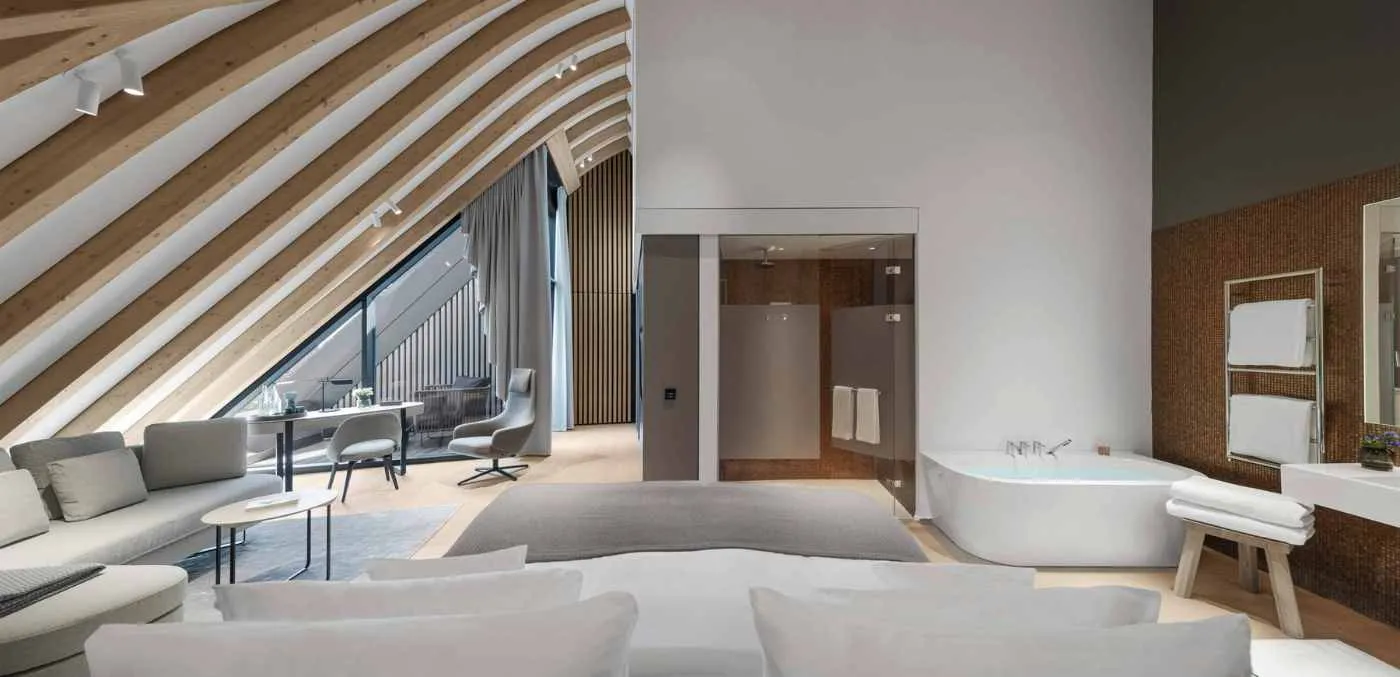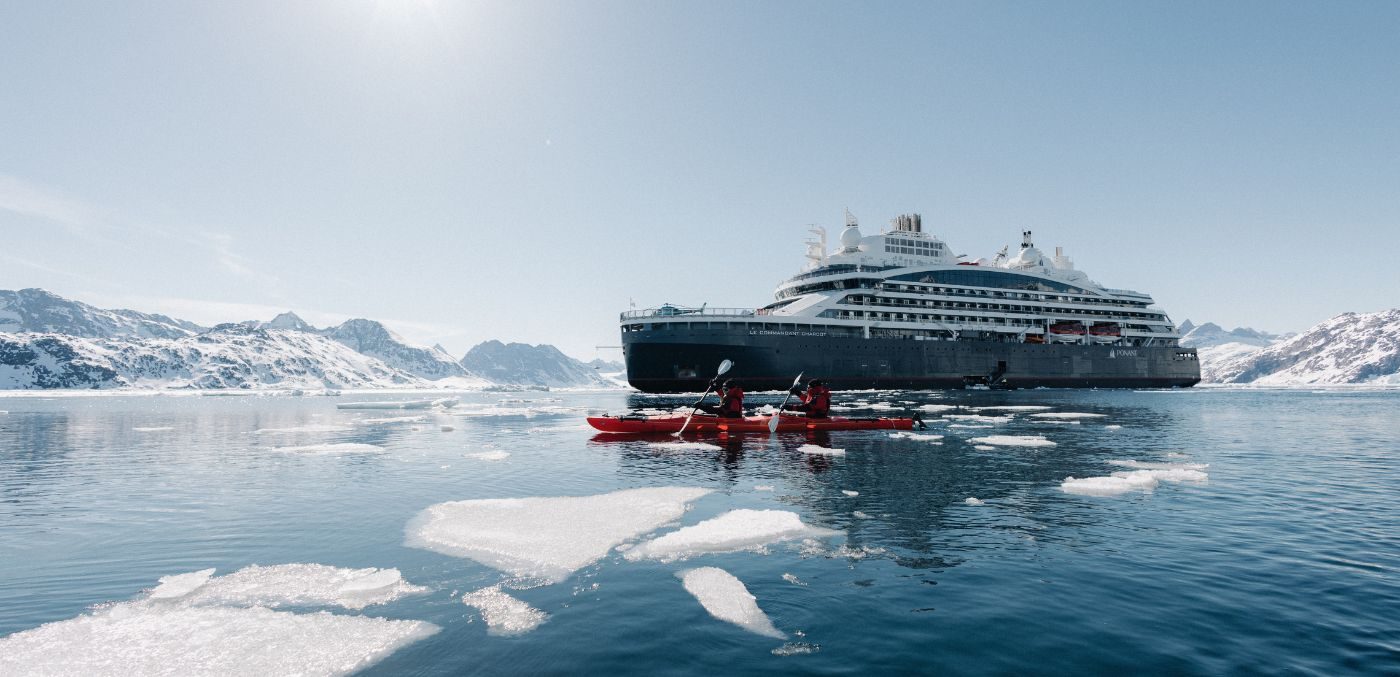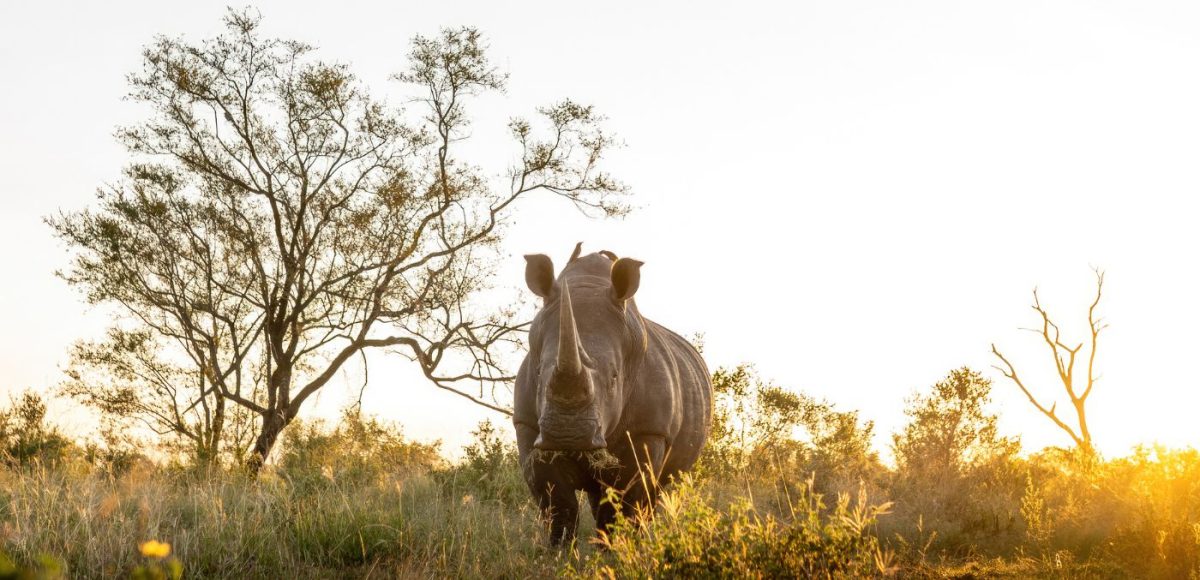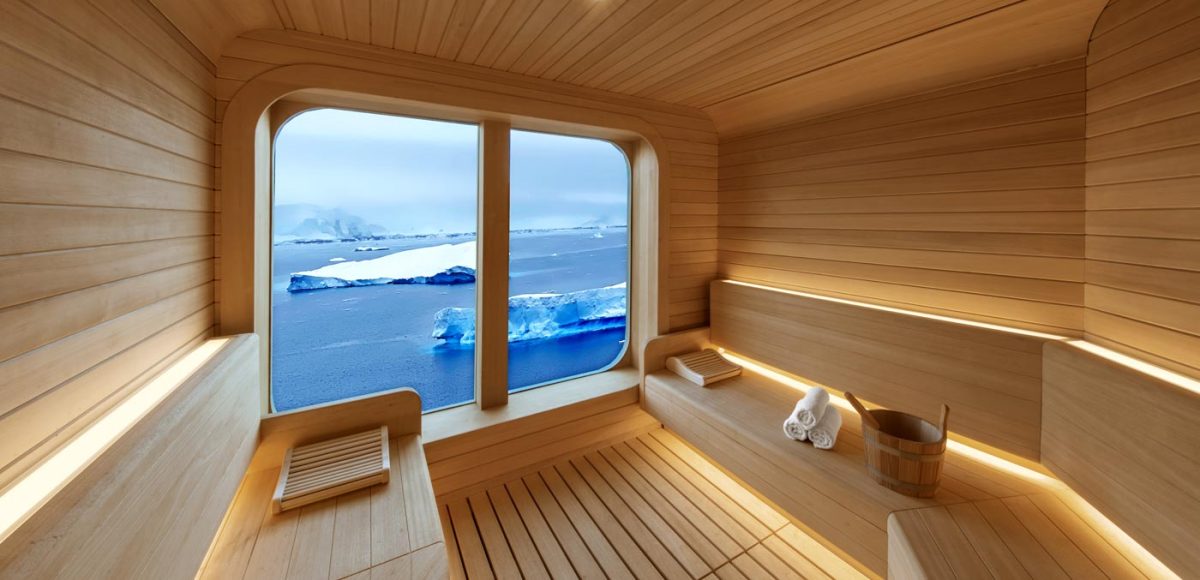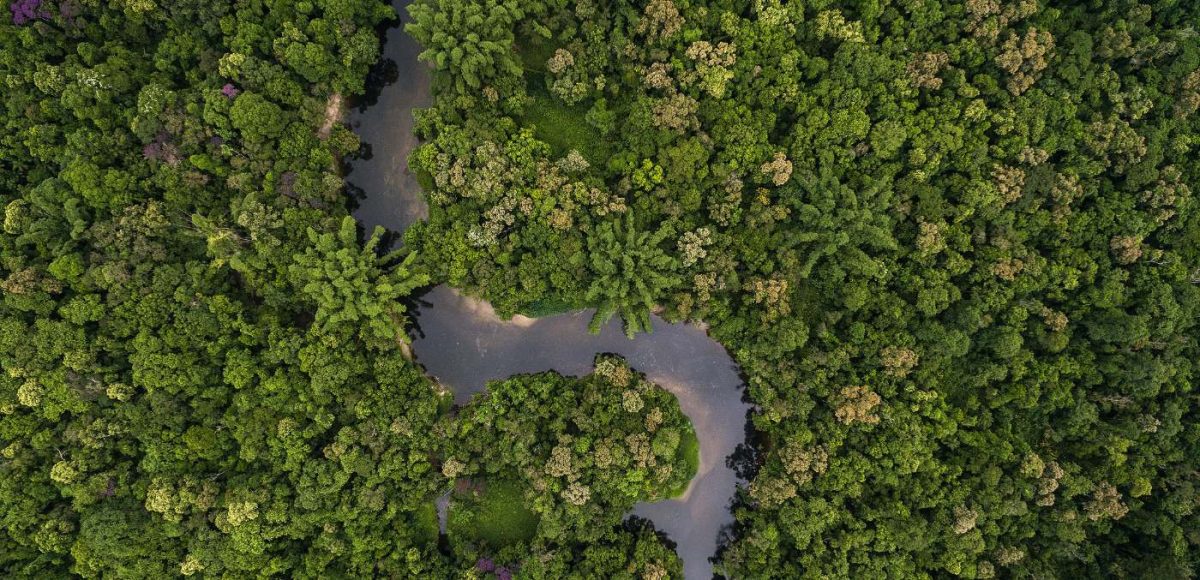Travelling to Antarctica is not just to journey through a breathtaking landscape, although there is that. But there’s also a lot to learn from a trip to the end of the Earth, writes Justin Meneguzzi.
Gentoo penguins are petty little weirdos. From afar a colony looks like a black-and-white swarm, but a closer look reveals more drama than the Kardashians. There goes one fleeing with a pebble stolen from a nearby nest in his mouth. Over here, two penguins chase each other in a slow-speed pursuit, their wings ludicrously flailing behind them. Meanwhile, two lovers are interrupted by a third penguin who wants in on the action. I must look equally weird to them too. They’ve never seen a human before.
Breakwater Island wasn’t meant to be on our Antarctic itinerary. But, as our expedition leader taught us on the first of our 13-day voyage with Viking, we must tear up our plans and instead let the tides guide us to whatever mysteries await. As fate would have it, the weather brought us to this speck of an island and its undiscovered gentoo penguin colony. Within days of the captain reporting our coordinates, a team of scientists were dispatched to survey the new find. Such is a day aboard the Viking Polaris, a newly built expedition ship designed to carry nearly 380 guests to the White Continent on the journey of a lifetime.
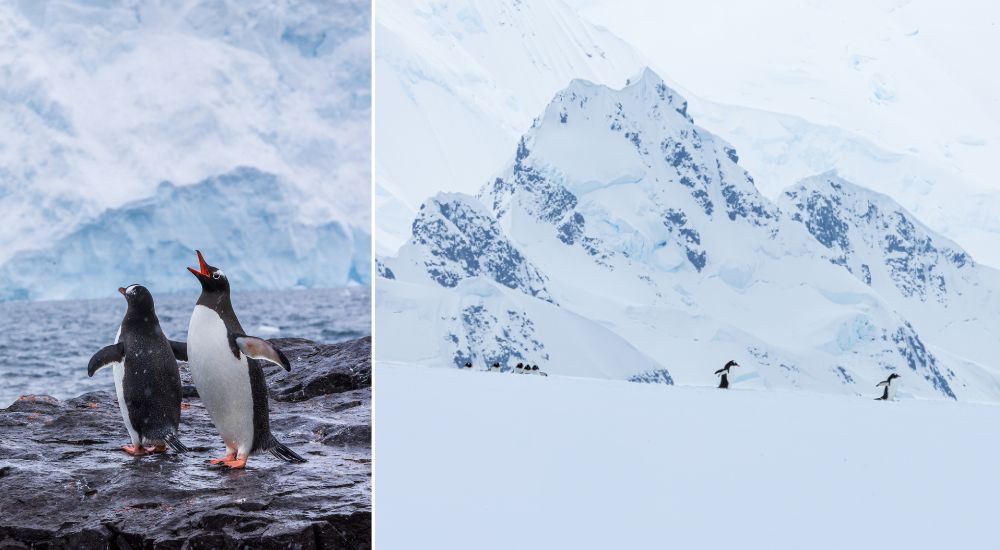
Viking’s onboard state-of-the-art laboratory
Back on board after my fill of penguin theatrics, I change into warm clothes and head to the ship’s central expedition hub to meet with Viking’s science team. The cold weather has given me an appetite so I detour through the World Café for a snack from the cookie buffet. I arrive, triple choc-chip in hand, to find my fellow guests peering down a microscope at a galaxy of prickly golden organisms. These are phytoplankton: microscopic plants that sustain all life in Antarctica, from krill right up to humpback whales. Earlier this morning I joined researchers for a citizen science excursion on the water, measuring water temperatures and visibility, and collected this sample of phytoplankton we’re looking at now.
It’s part of Viking’s commitment to the FjordPhyto project, which examines the effect of melting glacier water on the Antarctic ecosystem. The project is a win-win, giving guests an educational, hands-on encounter with marine science while enabling scientists to collect data that will help them better understand the effects of climate change.

Enabling scientific research
According to Dr Daniel Moore, Chief Scientist on the Polaris, such projects wouldn’t be possible without polar tourism. It enables resource-poor scientists to carry out studies in Antarctica. Every project has been carefully selected by Viking’s science department, with partners ranging from NASA to the Universities of Cambridge and Western Australia, and the company has invested significantly in state-of-the-art labs to support the team’s research.
Each evening Dr Moore presents a recap on the scientific research taken that day. From documenting the seabed using underwater drones to launching weather balloons from the upper deck. Judging from the crowds at each session, my fellow guests are just as excited by the opportunity to observe conservation science in action as they are by the ship’s bars, restaurants and flash toys, which include two yellow submarines worth US$5 million each.
On board and flashy toys © Viking Cruises
The world’s southernmost post office
My tutorial on phytoplankton is interrupted by an announcement: excursions have concluded and we’re sailing to Damoy Point, where we’ll have an opportunity to send a postcard from the world’s southernmost post office. It’s manned by a lonely team of British posties.
A pod of fin whales is escortes us to Damoy Point and a crowd has gathered on the deck to watch. I reach for my camera and step out into the bracing polar air in time to see a 48-tonne cetacean launch itself out of the water. It’s dinner and a show, as only the Antarctic can do.
Then at the Nordic Spa I start mentally composing a letter to send home. I take up one of the reclining lounges to watch tabular icebergs slide past as the ship sails further south along the Antarctic Peninsula. The spa offers traditional hot and cold Scandinavian bathing rituals to improve circulation and wellbeing. The central heated lap pool is fringed by a hot tub, sauna, steam room, cold bucket shower and a snow grotto, where I rub man-made snow into my skin like a kind of polar scrub.
© Viking Cruises
Dinner and a show, Antarctica style
All this lounging is hungry work, so I towel off and get ready for dinner. The ship has two restaurants. Manfredi’s serves refined Italian classics while ‘The Restaurant’ is a culinary chameleon. It features a menu that changes nightly to reflect the ship’s location.
Tonight, I return to the reliable World Café instead, where I’m plating up fresh sushi and giant crab legs when there’s an audible gasp from the starboard side.
Manfredi’s, The Restaurant, and sailing into Antarctica © Viking Cruises
This article originally appeared in volume 44 of Signature Luxury Travel & Style magazine. Subscribe to the latest issue today.







